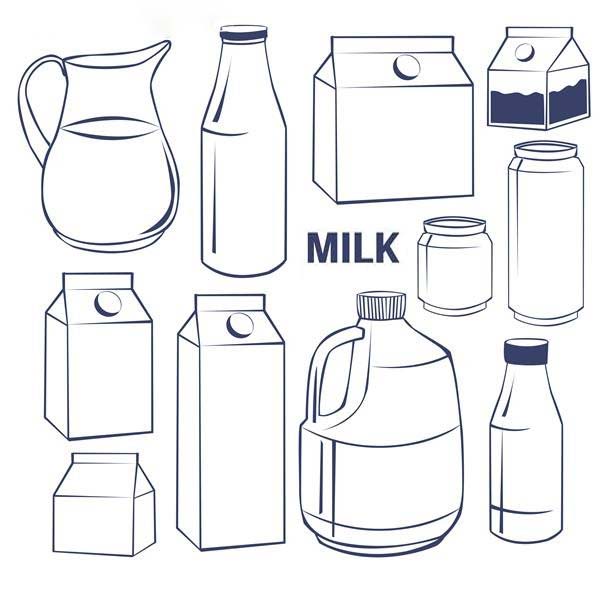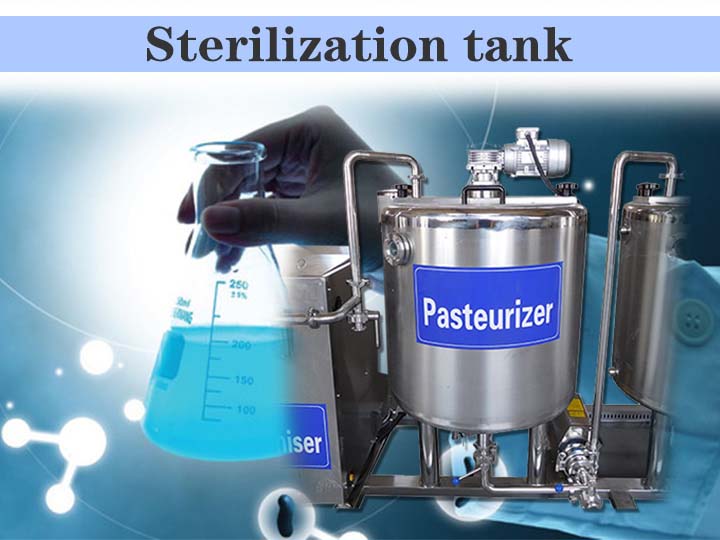人々が飲む前に牛乳を殺菌する必要があります。多くのお客様は、ヨーグルト製造ラインを購入する際に、低温殺菌法と高温殺菌法についてよく質問されます。どちらの効果が良いのでしょうか?両者の違いは何でしょうか?これらの2つの方法と、それぞれの長所と短所をご紹介します。
殺菌:
方法の紹介:
低温殺菌は低温殺菌とも呼ばれ、より低い温度を使用してバクテリアを殺します。殺菌方法は牛乳を75℃で15秒間、または62~65℃で30分間加熱します。この方法は、胞子ではなく増殖病原体を効果的に殺すことができます。
保管時間:
4℃以下では芽胞の活動が抑制されるため、人体に害を与えることはありません。したがって、低温殺菌牛乳は0~4℃で冷蔵保存する必要があります。賞味期限も非常に短いです。包装方法が異なるため、牛乳は 2 ~ 15 日間保存できます。
栄養素の損失:
ミネラル、乳糖、タンパク質、その他の栄養素には大きな影響はありません。ただし、グループ B ビタミンはある程度の損失を被ります。損失率は 8% ~ 12% です。同様に、ビタミン C も約 20% ~ 25% 失われます。しかし、牛乳は人間のビタミンの主な供給源ではないので、あまり心配する必要はありません。
パッキング:
市場に出回っている低温殺菌牛乳のほとんどは、ガラス瓶、ビニール袋、テトラパックなどに包装されています。一般に、ガラス瓶やビニール袋に包装された牛乳の賞味期限は比較的短く、2 日間しか保存できません。テトラパックで包装された牛乳の保存期間は比較的長く、通常は約 7 ~ 15 日間です。

アドバンテージ:
乳質は比較的新鮮で、栄養の損失も少ないです。
短所:
保管条件が限られており、持ち出すのが不便です。
超高温滅菌:
方法の紹介:
UHT牛乳は常温保存牛乳とも呼ばれ、通常135~140℃で4~15秒間殺菌されます。胞子と病原菌はこの温度で不活化されます。
保管時間:
常温で30日以上保存可能です。

栄養素の損失:
グループBのビタミンは約30%~40%を失い、ビタミンCは20%~25%を失います。乳糖にはある程度のコーキングがあり、ホエイプロテインは損傷を受けます。
パッキング:
Tetra Pak は市場で一般的なパッケージです。
アドバンテージ:
完全消毒、飲みやすく保管も便利。
短所:
栄養素の損失はさらに多くなりますが、市場に出るまでにはさらに時間がかかります。
このヨーグルト製造ラインは低温殺菌法を使用しています。さらに、栄養士は、低温殺菌乳と超高温殺菌乳の両方が、日常生活における食事のカルシウムの主な供給源であると指摘しています。中国の食事ガイドラインでは、毎日300グラムまたは同等の乳製品を摂取することを推奨しています。


